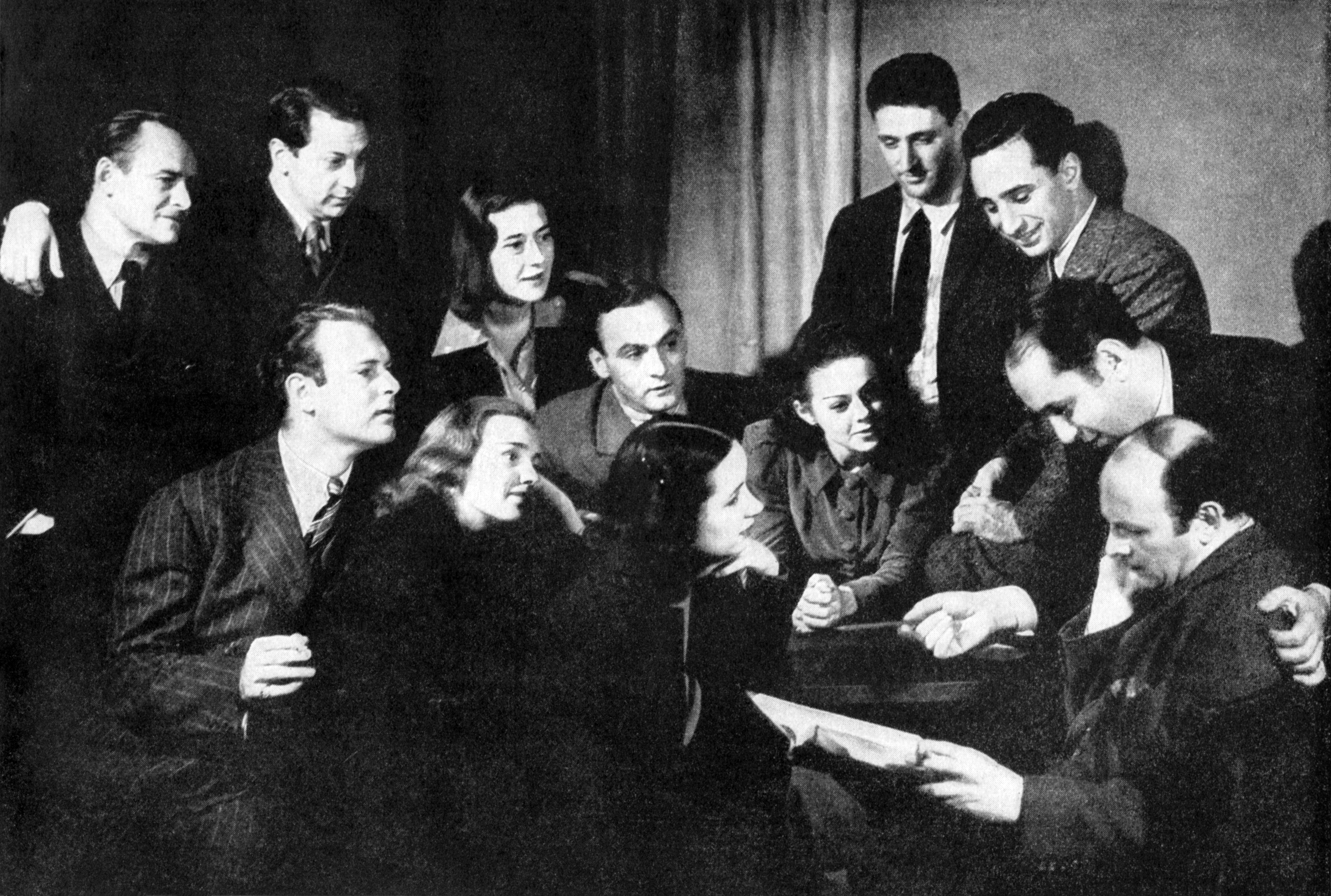|
Panic In The Streets (film)
''Panic in the Streets'' is a 1950 American film noir directed by Elia Kazan. It was shot exclusively on location in New Orleans, Louisiana, and features numerous New Orleans citizens in speaking and non-speaking roles. The film tells the story of Lieutenant Commander Clinton Reed, an officer of the U.S. Public Health Service (played by Richard Widmark) and a police captain (Paul Douglas) who have only a day or two in which to prevent an epidemic of pneumonic plague after Reed determines a waterfront homicide victim is an index case. Co-stars include Barbara Bel Geddes (as Reed's wife Nancy), Jack Palance (in his film debut) and Zero Mostel – the latter two play associates of the victim who had prompted the investigation. The film was also the debut of Tommy Rettig, who played the Reeds' son. The film was released on DVD by 20th Century Fox as part of the Fox Film Noir collection, along with '' Laura'' and ''Call Northside 777'', on March 15, 2005. The score was composed ... [...More Info...] [...Related Items...] OR: [Wikipedia] [Google] [Baidu] |
Elia Kazan
Elia Kazan (; born Elias Kazantzoglou ( el, Ηλίας Καζαντζόγλου); September 7, 1909 – September 28, 2003) was an American film and theatre director, producer, screenwriter and actor, described by ''The New York Times'' as "one of the most honored and influential directors in Broadway and Hollywood history". Born in Constantinople (now Istanbul), to Cappadocian Greek parents, his family came to the United States in 1913. After attending Williams College and then the Yale School of Drama, he acted professionally for eight years, later joining the Group Theatre in 1932, and co-founded the Actors Studio in 1947. With Robert Lewis and Cheryl Crawford, his actors' studio introduced "Method Acting" under the direction of Lee Strasberg. Kazan acted in a few films, including ''City for Conquest'' (1940). His films were concerned with personal or social issues of special concern to him. Kazan writes, "I don't move unless I have some empathy with the basic theme." His ... [...More Info...] [...Related Items...] OR: [Wikipedia] [Google] [Baidu] |
